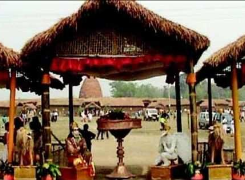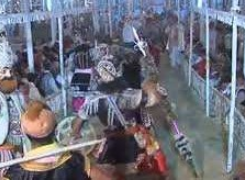

Rabha Hasong Autonomous Council organises the Chandubi Festival, which is held on the bank of Chandubi Beel in Kamrup every year. Rabha and Hajong are main communities of the region. They showcase their ethnic culture in the festival.
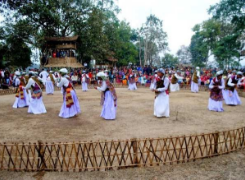
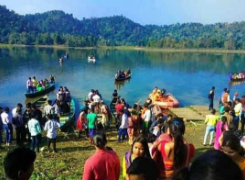
From 15th Centaury AD, the Jonbeel Mela has been organised at Dayang Beguri at Jonbeel. Jonbeel Mela is one of the most attractive unique festivals of Assam. It is the only fair in India where barter system is alive.
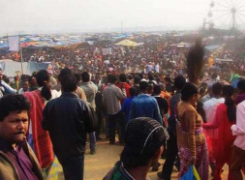
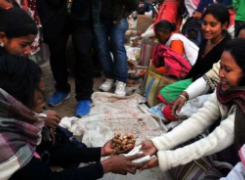
Me-dam-me-phi is celebrated by the Ahom people on 31 January every year in memory of the departed. It is the manifestation of the concept of ancestor worship that the Ahoms share with other peoples originating from the Tai-Shan stock. It is a festival to show respect to the departed ancestors and remember their contribution to society.
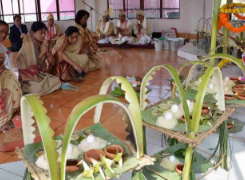

KarbiCultural Society organises Karbi Youth Festival at Diphu every year, where showcases Karbi ethnic culture.
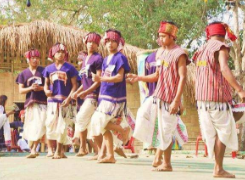
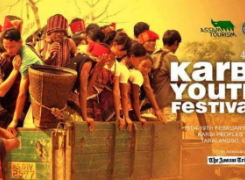
Ali Ai Ligang, the spring festival of the Mishing tribe is the most colourful festival held every year on the first Wednesday of the month of ‘Gimur Polo’ (February-March), month of Phagun. It is a spring dance festival that marks the sowing of seeds. ‘Mishing people don up in their traditional attires pay respect to their ancient God for prosperity and harvest by offering eggs and fish during this festival. While the festival is mostly known for its dancing and singing, the beats of the dum-dum (drum) siphung (both flutes) and gunggang add an extra layer of energy to the celebrations. Women wear the best of their traditional attires on this day and dance to the rhythm of the drum, flutes etc. The satisfaction of the palette is increased by traditional rice beer and dried fish. The five-day spring festival ends with a community feast.
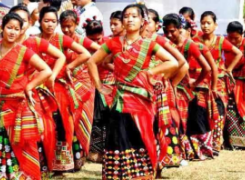
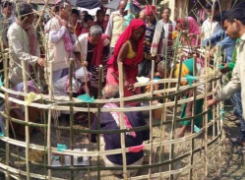
22 Km away from the Sivasagar at SaraguriChapori on the river Dikhow. AjanPir was the first Muslim saint to compose “Zikir”(a completely unique genre of religious songs) in Assamese Language (160 Nos. Approx.). On the day of the “URUS” thousands of devotees gather here to pay homage to the memories of this great Muslim reformer.
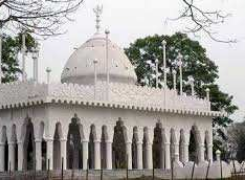
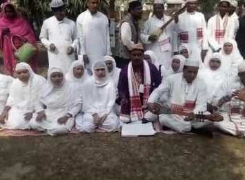
Every year, during the Mahashivaratri, a huge mela (fair) is organized in the Shiva temple and pilgrims visit from all parts of India to offer puja.

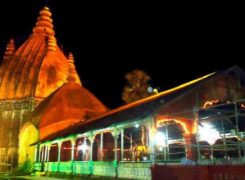
Ali Ai Ligang, the spring festival of the Mishing tribe is the most colourful festival held every year on the first Wednesday of the month of ‘Gimur Polo’ (February-March), month of Phagun. It is a spring dance festival that marks the sowing of seeds. ‘Mishing people don up in their traditional attires pay respect to their ancient God for prosperity and harvest by offering eggs and fish during this festival. While the festival is mostly known for its dancing and singing, the beats of the dum-dum (drum) siphung (both flutes) and gunggang add an extra layer of energy to the celebrations. Women wear the best of their traditional attires on this day and dance to the rhythm of the drum, flutes etc. The satisfaction of the palette is increased by traditional rice beer and dried fish. The five-day spring festival ends with a community feast.


Every year, during the Mahashivaratri, a huge mela (fair) is organized in the Shiva temple and pilgrims visit from all parts of India to offer puja.


Doul festival is a famous festival in India. Apart from the rest of the country it is also a colourfully celebrated by the people of Assam, specially it is the tremendous occasion for the people of Barpeta.During the “doulutsava” the hearts of Barpetians are overwhelmed with festivity and joy. It is a festival of colour and happiness. Doul festival is a great source of happiness among the people of Barpeta. During this festival the people of Barpeta forget their sorrows and agonies and celebrate this festival with traditional gaiety and enthusiasm. Doulutsava is also called ‘holi’ or ‘Fakuwa’. In the month of “phagun” and “Chot” the spring comes, the world is filled with the green leaves of the trees, the flowers bloom, birds used to sin sweet songs, the gentle wind blows with fragrance and everything of this world changed into a different one. And it this sweet moment when DoulUtsava of Barpeta celebrated.
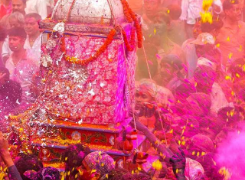

RongaliBihu utsav is the spring festival of Assam celebrated with great fervour. It is related to season and agriculture.

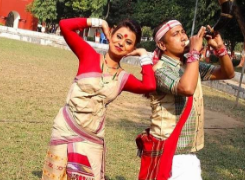
The Sanken or Sangkran festival is celebrated in the Bansai Buddhist village of Balipathar, Bokajan, with the fanfare and gaiety from 14th of April to 17th of April parallay with other parts of Assam. The main festivals of the festivals are washing of Lord Buddha statue with pure water, beating of traditional drums, group dances and songs, community feast, sprinkiling of water by boys and girls, collection of water by boys and girls from river and ponds in groups, prayers, washing of pepal tree, exchange of gifts etc.

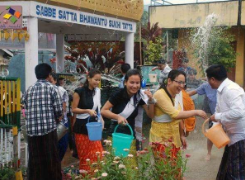
The most fascinating spring festival of the Deories. The Deoris are one of the four divisions of Chutiyas, which are believed to have been members of the Bodos. Like other spring time festival Bohag Bihu is also observed during mid-April at a stretch for seven day with unrestricted joy and merry making. The Deodhoni dance forms the most important significant part of the festival.
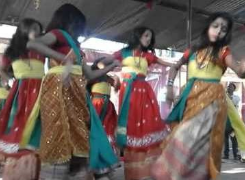
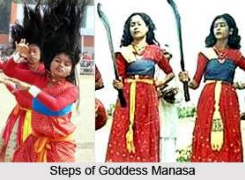
Buddha Purnima is also a major festival of the Tai Phake community. It marks the birthday of Lord Gautama Buddha. On this day the people gather together in the Buddhist Monastery and offer prayers to the God. This is followed by a feast. Generally this festival falls in the month of May.
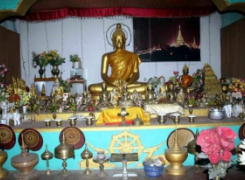

MaaKamakhya Devi temple is one of the Shakti Peeth of Goddess Durga. The Ambubachi Mela is annually celebrated during the monsoon season to menstruation course of Goddess Kamakhya.
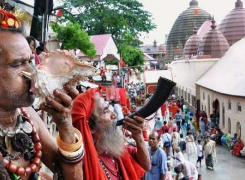
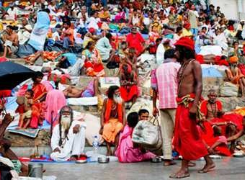
Bathow Pujais an important religious festival of the Bodo-Kacharies of Assam, India. In this festival, the people worship a god known by different names like GilaDamra, KhuriaBwrai, Sri Brai (Shibbwrai), BathowBwrai etc. Some identify this god with the Hindu god Lord Shiva. The different forms of this festival are-Garja, Kherai and Marai. Among these festivals Kherai is the most significant.

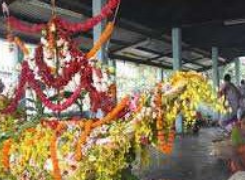
Bathow Pujais an important religious festival of the Bodo-Kacharies of Assam, India. In this festival, the people worship a god known by different names like GilaDamra, KhuriaBwrai, Sri Brai (Shibbwrai), BathowBwrai etc. Some identify this god with the Hindu god Lord Shiva. The different forms of this festival are-Garja, Kherai and Marai. Among these festivals Kherai is the most significant.


Karam is the worship of Karam, the god of power, and youthfulness. The Karam festival is an agricultural festival celebrated by different tea tribes of Assam.

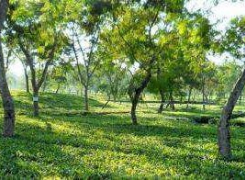
Karam is the worship of Karam, the god of power, and youthfulness. The Karam festival is an agricultural festival celebrated by different tea tribes of Assam.


Durga puja is celebrated in Assam to mark the victory of good over evil. During the four days of the puja the entire state is gripped by the festive fever.


Durga puja is celebrated in Assam to mark the victory of good over evil. During the four days of the puja the entire state is gripped by the festive fever.


Blue Hills Society organises every year the Felcon festival at Umrangso town, a hilly place of West KarbiAnglong. Karbi, Dimasa and other tribal groups of the region showcase their ethnic culture in the festiva
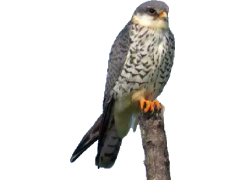
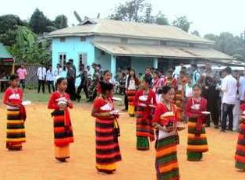
The Raas Lila is an annual festival being performed on the full moon day (Purnima) in the months of October-November (KatiAghun) during the autumn season. It is not known for certain in which Sattra Rasa Lila was first introduced in Majuli as a performing festival. During this festival the Sattras draw a large number of people.
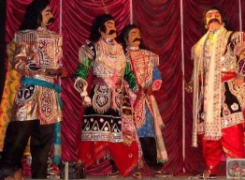
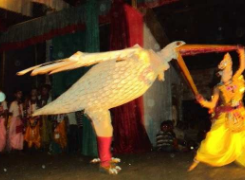
Blue Hills Society organises every year the Felcon festival at Umrangso town, a hilly place of West KarbiAnglong. Karbi, Dimasa and other tribal groups of the region showcase their ethnic culture in the festiva


The Raas Lila is an annual festival being performed on the full moon day (Purnima) in the months of October-November (KatiAghun) during the autumn season. It is not known for certain in which Sattra Rasa Lila was first introduced in Majuli as a performing festival. During this festival the Sattras draw a large number of people.


Raas festival is celebrated in Nalbari with much pomp and grandeur during November. Not only has the festival become a part and parcel of Nalbari, it has got intertwined with its socio cultural life. In fact, this celebration is associated with the RaasLeela of Lord Krishna with his ‘Gopis’. It is said that the bewitching autumn moon accompanied by gentle breeze wafting through made Lord Krishna pick up his flute. In NalbariRaas festival is celebrated in the premises of HariMandir in the heart of the town. The festival has a big mela, along with local mobile theater performing, giving a festive atmosphere throughout the town with people even from other parts of the state flocking to see it.

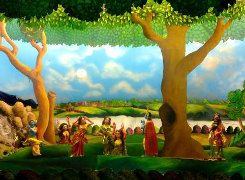
Tea Festival is held every year, during the winter season i.e. between the month of November and January. The festival comes across as an exquisite blend of pleasure and work.Assam Tea Festival also brings along the time to enjoy some golfing in the ‘Jorhat Gymkhana’, which is the world’s third oldest golf-club that is still in use. While in Assam, for the festival, a visit to the biggest tea auction center in Guwahati is a must. The Assamese people are known for their hospitable nature and this is best revealed during the festive time. Amidst fun and gaiety, the days of the festival are spent by the locals and the tourists alike, leaving behind a host of sweet memories in the sands of time, to be cherished for days to come.

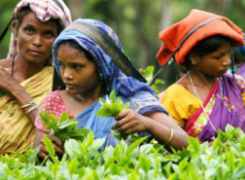
The theme of the festival is held onmid of December every year, which is centered on preservation, promotion and nurturing of ethnic culture, music, dance, craft and folk art of Dimasatribals living in Dima Hasao district.

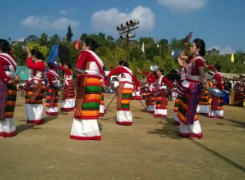
Gurdwara Sri Guru teghBahadur Sahib is the Gurdwaraof Sikhs in Dhubri town on the bank of the Brahmaputra River in Assam, India. The first Sikh guru, Guru Nanak Dev, visited this place in 1505 AD and met SrimantaSankardeva on his way when he travelled from Dhaka to Assam. Later, the 9th Guru TegBahadur came to this place and established this Gurdwara during the 17thcentury. More than 50,000 Hindus, Sikhs, Muslims and all faiths devotees from all over the country and the world assemble in this historic shrine every year in December to mark the martyrdom of Guru TeghBahadur. The festival starts on 3rd of December with great solemnity and ceremony. Sikhs call this festival SahideeGuru-Parav.
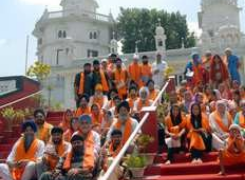
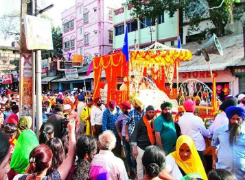
The Dehing Patkai Festival is a once-a-year festival held at Lekhapani in Tinsukia district of Assam. The festival is named after the majestic Patkai range and the mischievous Dehing River.The festival incorporates tribal fairs, tea heritage tours, golfing, adventure sports, and wildlife pleasure trip. Another attraction of the festival is that it offers a trip to the 2nd World War cemeteries. It also arranges for a trip to the Stilwell Road, which was once the passage to the golden land of Myanmar. Visitors can choose to go for an elephant safari and take a path into the wildness. Food Festival, Craft Fair, and Cultural Functions are also held during these days for the visitors. The Festival offers a wide range of adventure sports like angling, kayaking and parasailing. Trips to the Tea Gardens and the Digboi oil field are also a part of the festival.
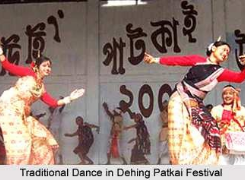
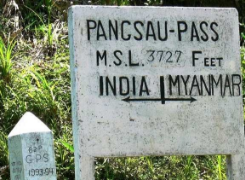
Bhaona is like drama what is a traditional form of entertainment among Assamese peoples. In Jamuguri, Sonitpur district organised Bare Saharia Bhaona which is a unique form of Bhona. It has been celebrated more than 200 years. This main attraction of this Bhaona is – During the festival, more than 20 Bhonas are played simultaneously in different stages under the same roof. This Bare SaharaiaBhaona is celebrated once in every five years.
